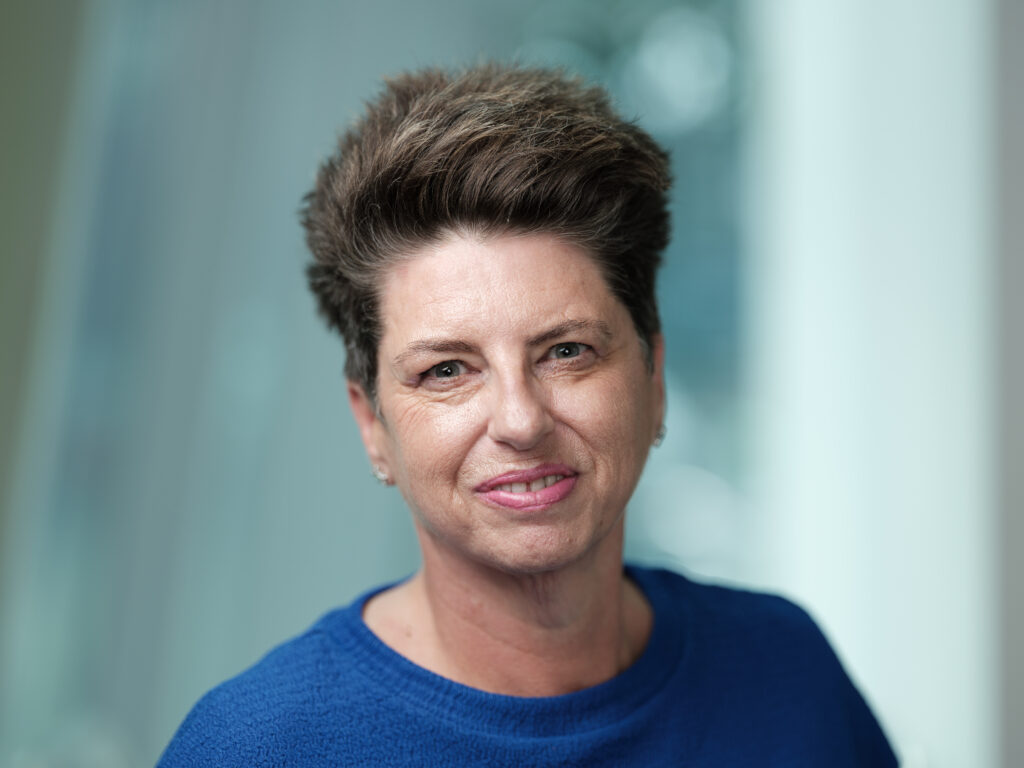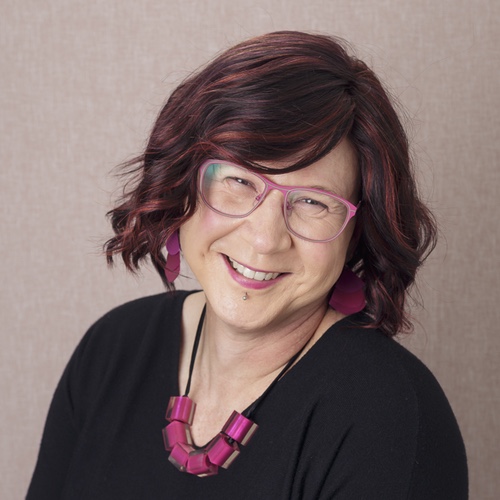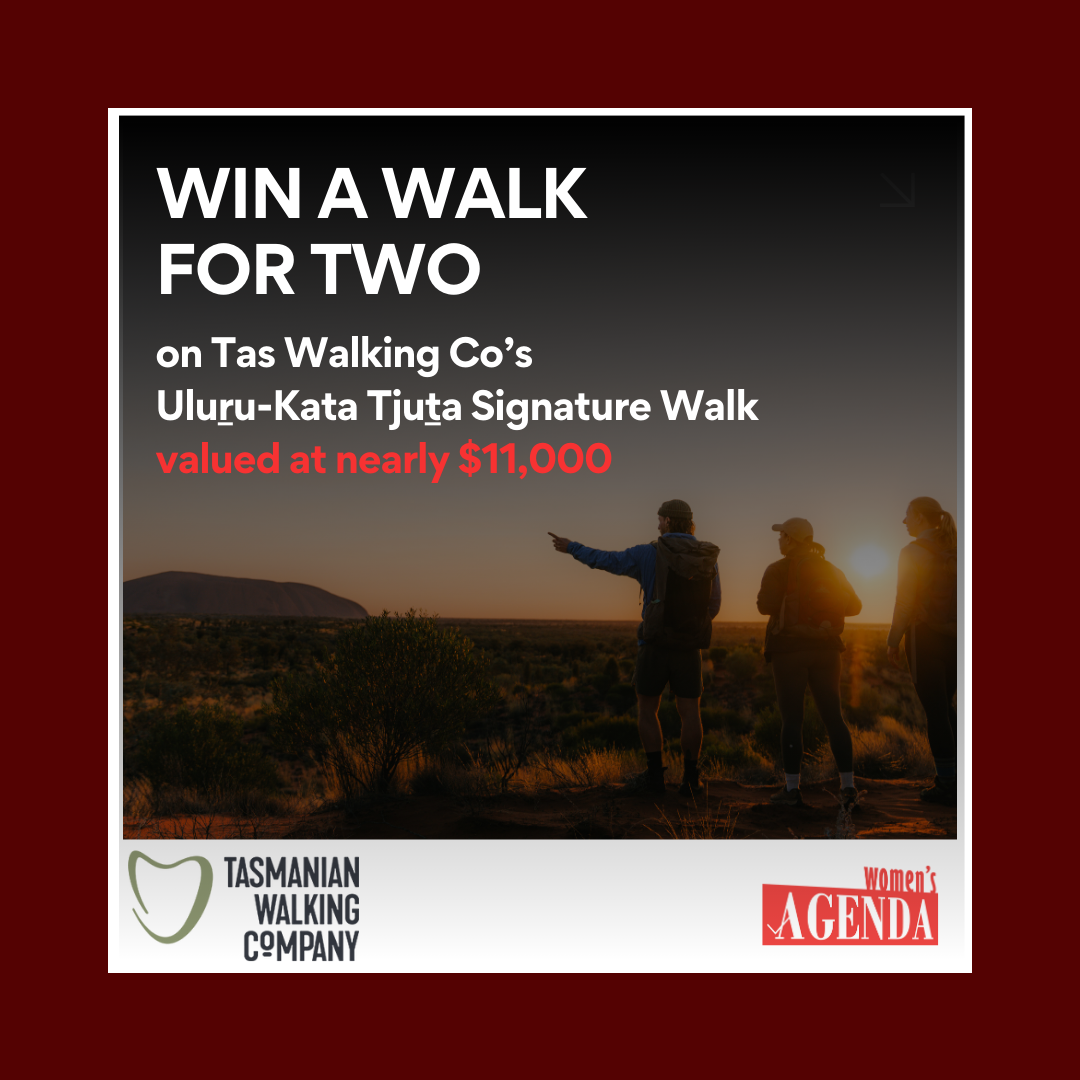Ahead of International Women’s Day this year, a new survey reveals some complex insights into how women from all different backgrounds feel they’ll be represented.
While some women report feeling an increase in their representation across IWD events, media and professional panels, others continue to face setbacks in the way of inclusion.
In its third year, the survey findings come from the 2025 More Voices, More Representation on International Women’s Day campaign, conducted by Pureprofile. The survey represented key groups, including Aboriginal and Torres Strait Islander women, Black women, Women of Colour, immigrants, CALD women, women with disabilities, LGBTQIA+ and gender-diverse people.
What does the data show?
On a positive note, the survey reveals Aboriginal and Torres Strait Islander and LGBTQIA+ women are seeing a 14 per cent increase in representation at IWD celebrations in Australia.
Unfortunately, however, culturally and linguistically diverse (CALD) women and immigrant women from non-English-speaking backgrounds have reported seeing a decline in representation at 11 per cent and 7 per cent, respectively.
Also, 67 per cent of women from marginalised groups and 85 per cent of straight, white and able-bodied women report being excluded from speaking opportunities at events.
Out of all respondents, more than 1 in 2 (54 per cent) reported not seeing any change in representation of their respective demographics in the past 12 months, 16 per cent said they feel less represented now and 15 per cent have seen an increase in representation.
The survey also brings to light how speaking opportunities remain a significant challenge for women, with 74 per cent reporting they have never been invited to speak at events.
The main reasons respondents gave for feeling excluded were that they couldn’t relate to the issues or achievements discussed at events (32 per cent), the women speaking didn’t look or sound like them (31.7 per cent), and there was an absence of initiatives focused on empowering women (31.7 per cent).
These findings highlight the complex and evolving challenges women continue to face in securing meaningful representation on IWD.
Last year, the survey found close to six in 10 women in Australia did not feel represented at IWD events, panels or in the media.
In terms of solutions, the 2025 survey shows 54 per cent of respondents are advocating for greater attention to intersectional issues and 46 per cent are calling for more diversity in representation. Additionally, 41 per cent of diverse women emphasised the need for fair payment for participation, compared to just 25 per cent of non-diverse women.
The top reasons women felt included and represented at previous IWD events include seeing women’s achievements highlighted (48.7 per cent), hearing about initiatives focused on empowering women (43.8 per cent), seeing women who looked or sounded like them (38.2 per cent), and witnessing the acknowledgment of women from underrepresented communities (38.2 per cent).
Australian advocates
The campaign is backed by 33 Australian advocates and organisations including Tasneem Chopra OAM, Briar Harte, Winner Disability Inclusion Change Maker of the Year 2024 and Writer of Mostly Unlearning, Women of Colour Australia, Prabha Nandagopal from Elevate Consulting Partners, Lisa Sarago from AI Indigenous Innovations, Professor Nareen Young, Michelle Lim, UTS Business School, The Sussan Group, Pureprofile and many others joining forces to help create an International Women’s Day that has greater intersectional representation.

“The diverse mainstream of Australia’s women simply haven’t been included in International Women’s Day celebrations for a long time. If the origins of IWD didn’t recognise the intersections of ethnicity and class I don’t know what it did, and we are taking it back. IWD is about all of us,” says Professor Nareen Young, Associate Dean (Indigenous Leadership & Engagement) at UTS Business School.

Speaking to the role of businesses in ensuring an IWD in Australia that’s intersectionality representative, Tasneem Chopra OAM says, “organisations have an opportunity to proactively lead with inclusive rigor that values diversity by not diminishing it.”
“In the face of wilful contempt for inclusion, those with power and conscience fight back by acknowledging intersectional inclusion, platforming it, resourcing it and stepping into the role of genuine allyship. Not just leaning in.”

Amidst an increasingly hostile environment towards DEI initiatives seen all around the world, Grace Young, Chief Innovation Officer, Wattwatchers, touches on the broad implications pointing out that intersectional representation, especially on occasions like International Women’s Day, is crucial in revealing the real-life impacts on individuals “within our own circles”.
“When discriminatory policies and rhetoric go unchallenged, they create a broader environment that gradually normalises harmful conduct. This slippery slope of marginalisation, seen vividly in Trump’s America, extends beyond its initial targets, emboldening misogyny and other forms of discrimination that ultimately impact us all,” Young said.
“Recognising these issues are not remote or theoretical, but deeply personal and local, is key to fostering empathy and mobilising communities to proactively challenge systemic discrimination.”


